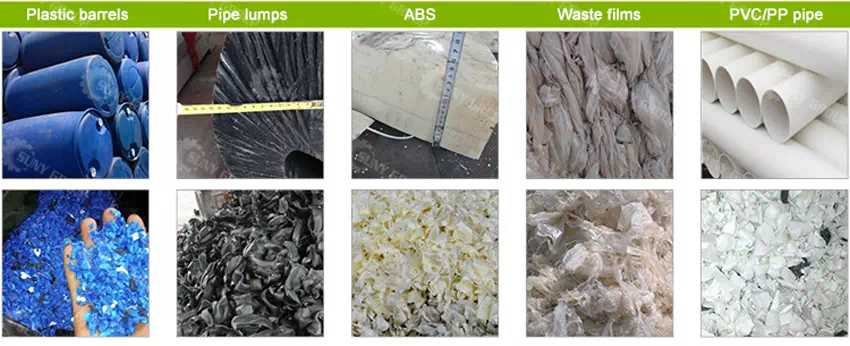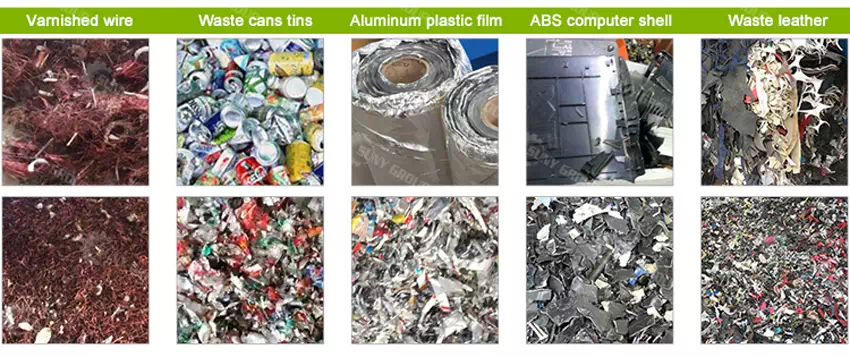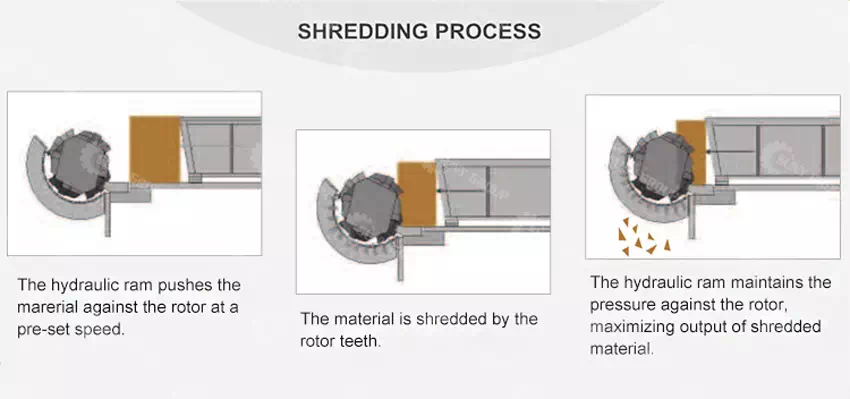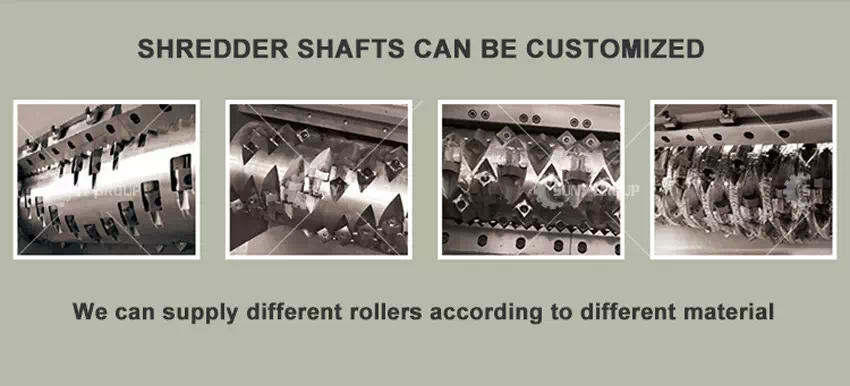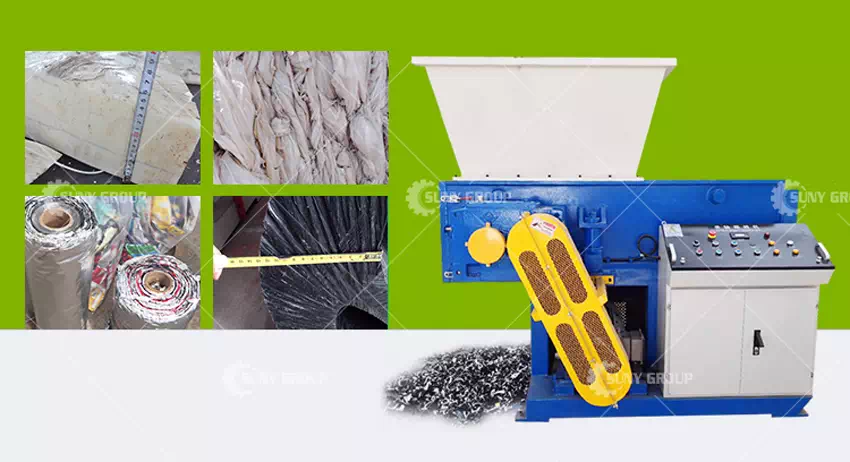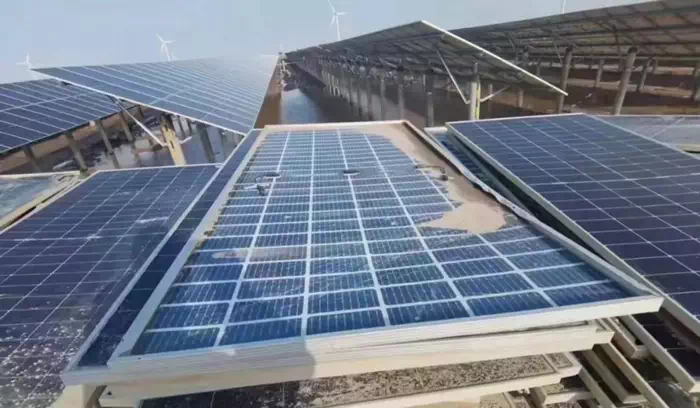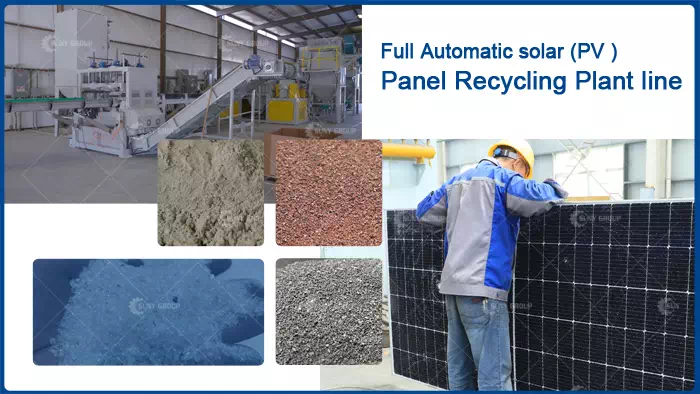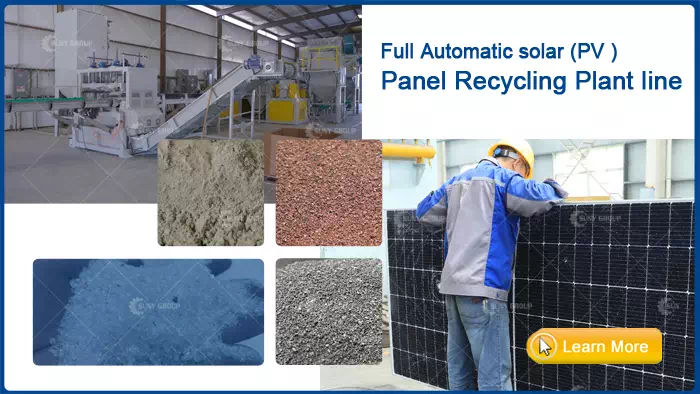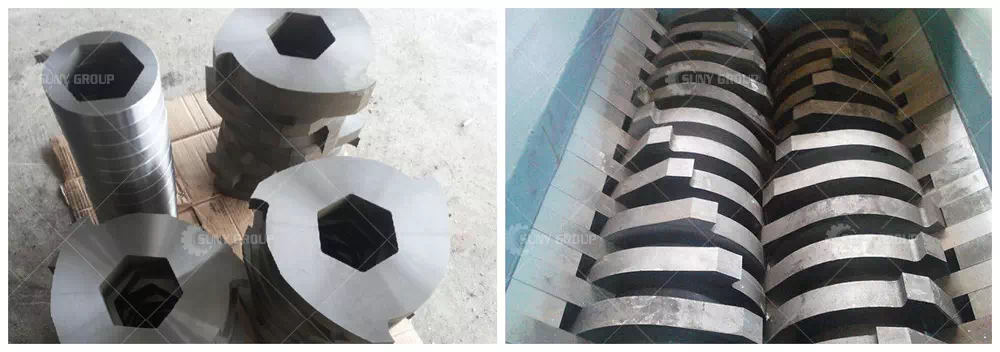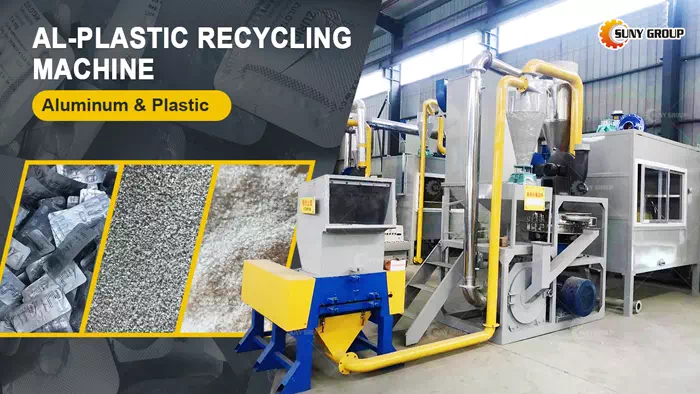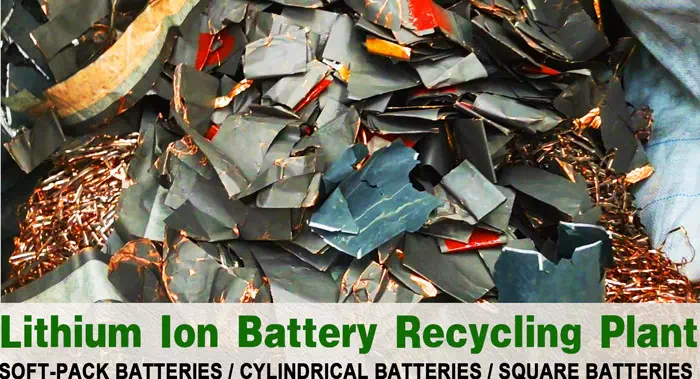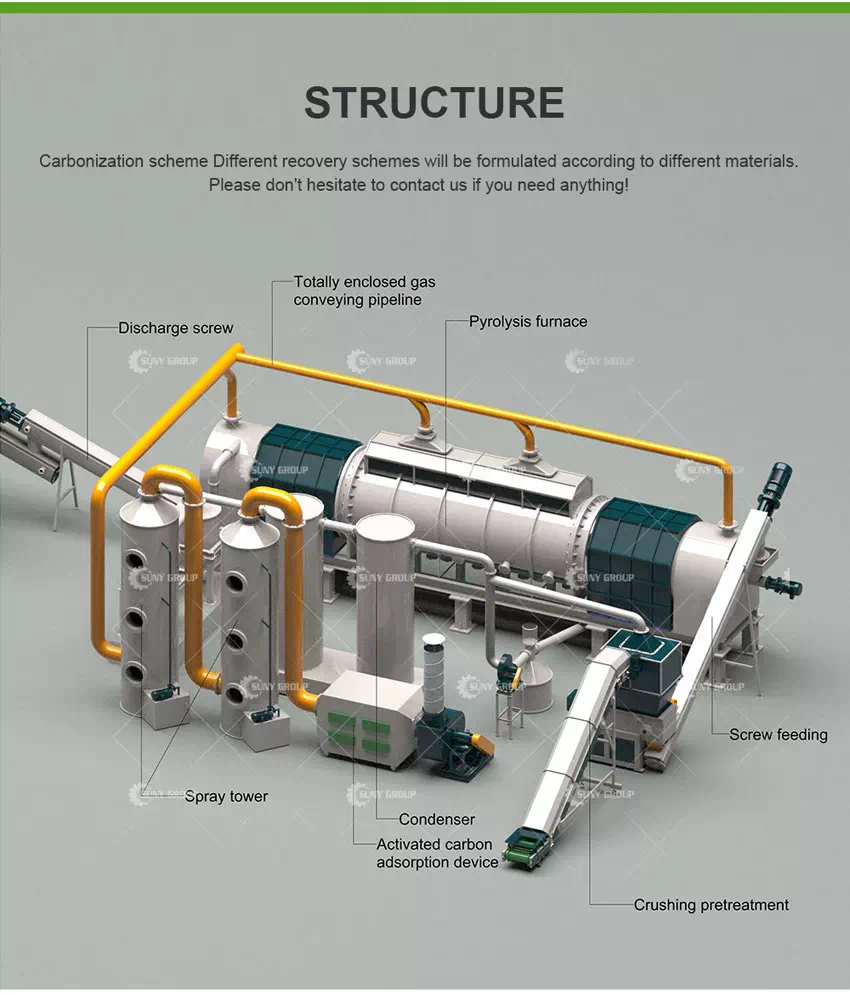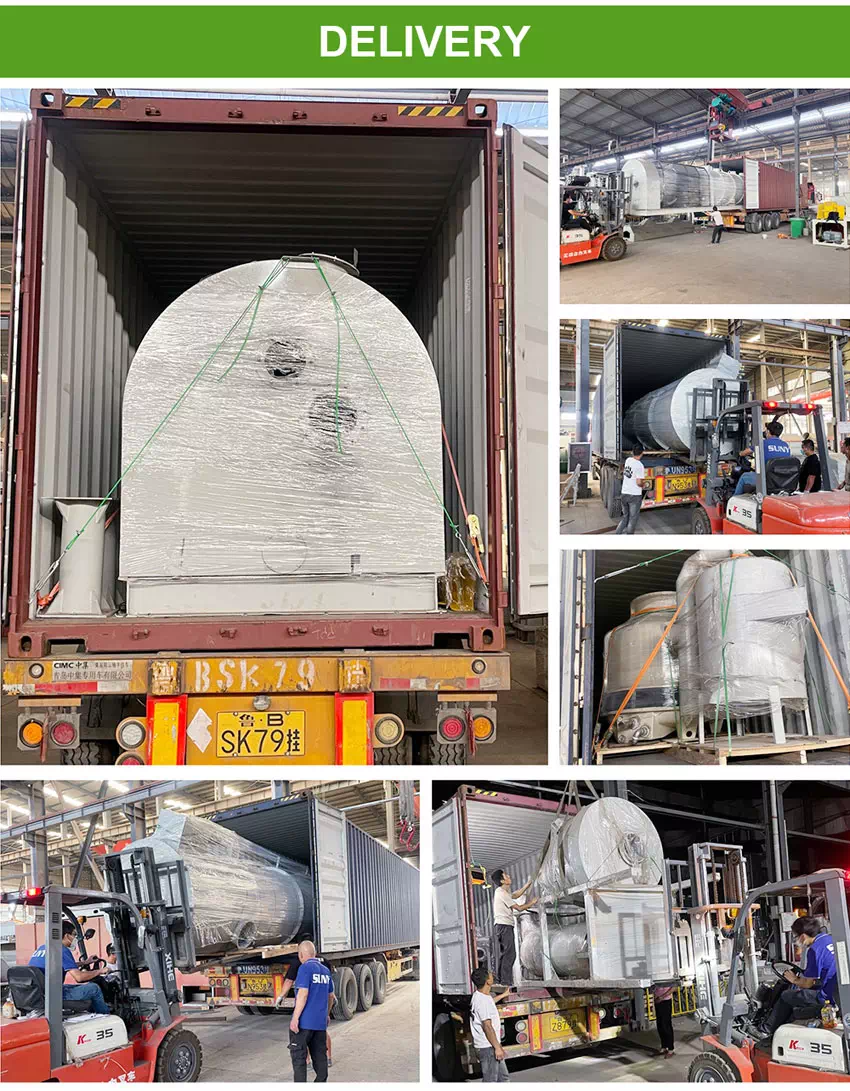Knife Type Plastic Crusher is used to crush various wastes into small pieces. The output size of the crusher is easy to adjust by changing its screen sieve.
SUITABLE RAW MATERIAL
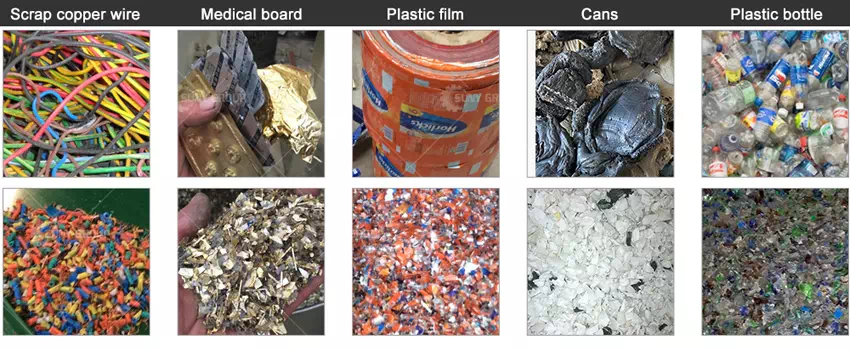
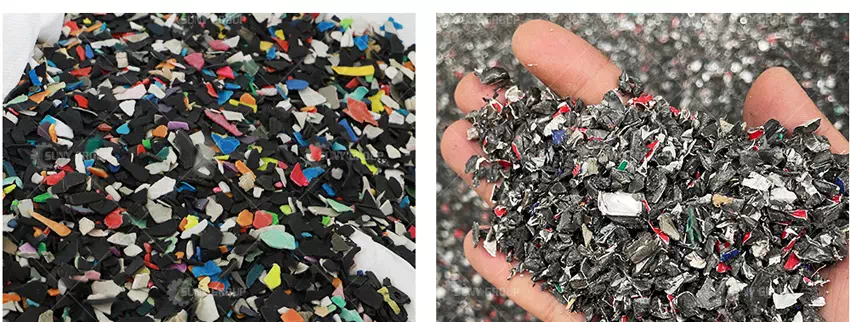
1.All kinds of hollow containers: plastic beverage cans, plastic buckets, iron drums, packingboxes, packing drums.
2.Used household appliances: TV, washing machine, refrigerator shell.
3.Pipe material: large pipe, pipe fitting and PE pipe.
4. Used templates: wooden pallets, plastic pallets and forklifts.
5.Used tires: car tires, truck tires.
6.Scrap metal: automobile housing, aluminum alloy, scrap cast aluminum parts, enginehousing, lead and steel plates with thickness below 5mm.
7.Cooking garbage, living garbage,RDF derivative, medical waste, biological orange pole,garden garbage.
8.Glue head material, paper mill rope.
MAIN STRUCTURES

1.Shaft, moving blades, fixed blades, reducer, motors, feeding hopper, discharge port, electriccontrol cabinet, control panel, screen, roller, knives holder, ect.
2.After shreddering, the dimension of most large plastic or other material will reduce 30%,some material dimenison after shreddering can up to 50%. (We have arranged many videos.Please contact us freely if you need.)
ADVANTAGES
1.Step-shearing style cutter can resolve the force bored by cuttings, and increase the force of cutting greatly. Blade quality have 9CrSi,Cr12MoV, SKD-II, D2 etc.Can be customized according to customer.
2.The crushing room use noise arrester, to lower noise. Crushing room materials is high quality steel, rigid reasonable and durable.
3.Lockable screen support frame: Robust frame to support the screen maintains the screen shape and avoids damage to the screen. Convenient screen replacement.
4.The aperture of the mesh is able to control the size of the output material. Special screen can be designed according to the type of your raw materials.
5.Button control, easy to operate, setup,stop,reverse, overload protection and other functions.
6.Robust welded hopper with additional support struts to increase strength of hopper and prolong service life.The feed inlet is provided with a protective device for increasing safety.
PARAMETER
Our crusher has several models, and the following are the conventional models. For special bar-rels and pipes, we have special customized models. Please do not hesitate to contact us.
Model
600
800
1000
1200
Feed inlet size
600*320mm
820*600mm
1020*650mm
1200*1000mm
Rotating diameter
φ270
φ420
φ420
φ700
Power
15KW
37kw
45KW
55Kw
Rotation speed
380 r/min
480 r/min
480 r/min
380 r/min
Voltage
3380V 50HZ
3380V 50Hz
3380V 50Hz
3380V 50HZ
size
1150*1500*1600mm
1600*1680*2080mm
2000*1800*2400mm
3000*1800*4000mm
Weight
660kg
2300kg
3500kg
6000kg
Our crusher has many models.According to material size anddischarge size.Recommend different equipment models.Please contact us for details.
CASE
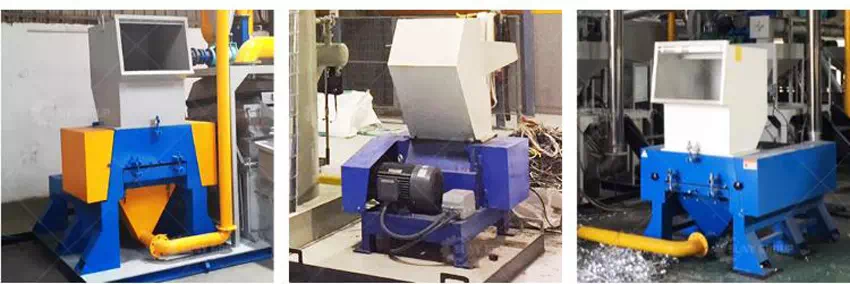

Knife Type Plastic Crusher






